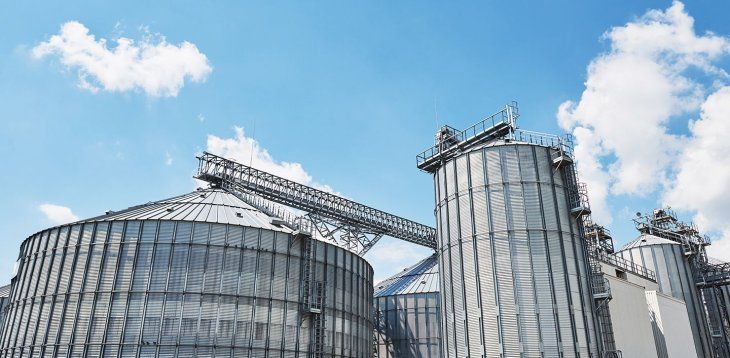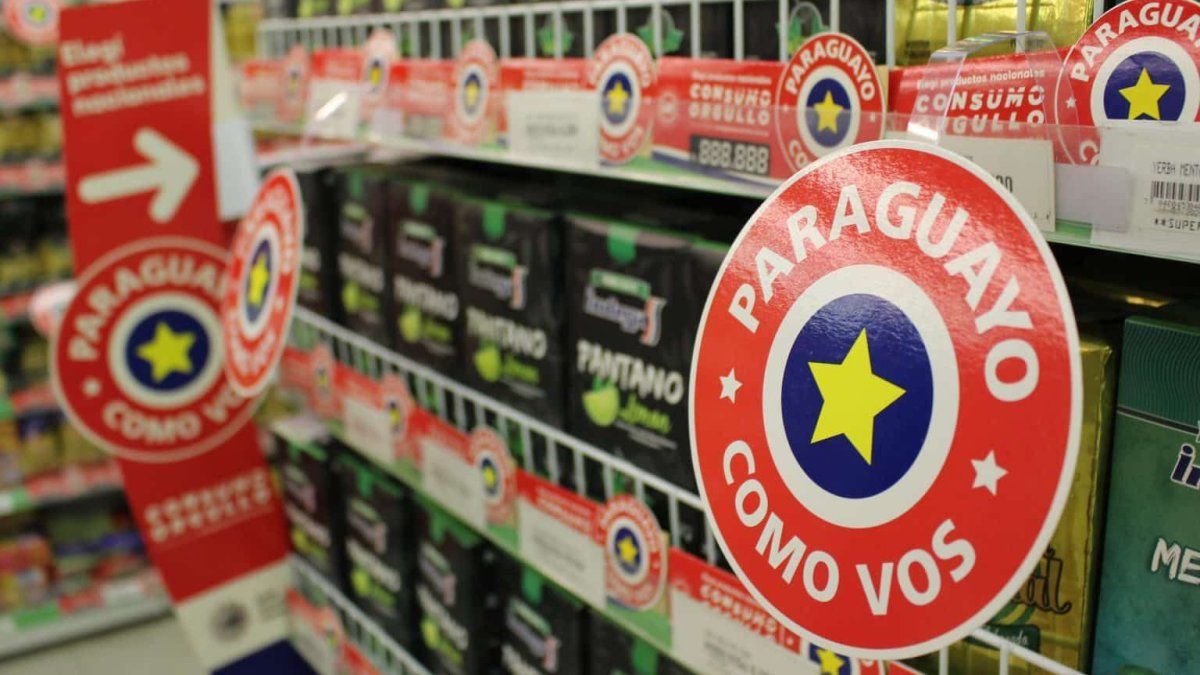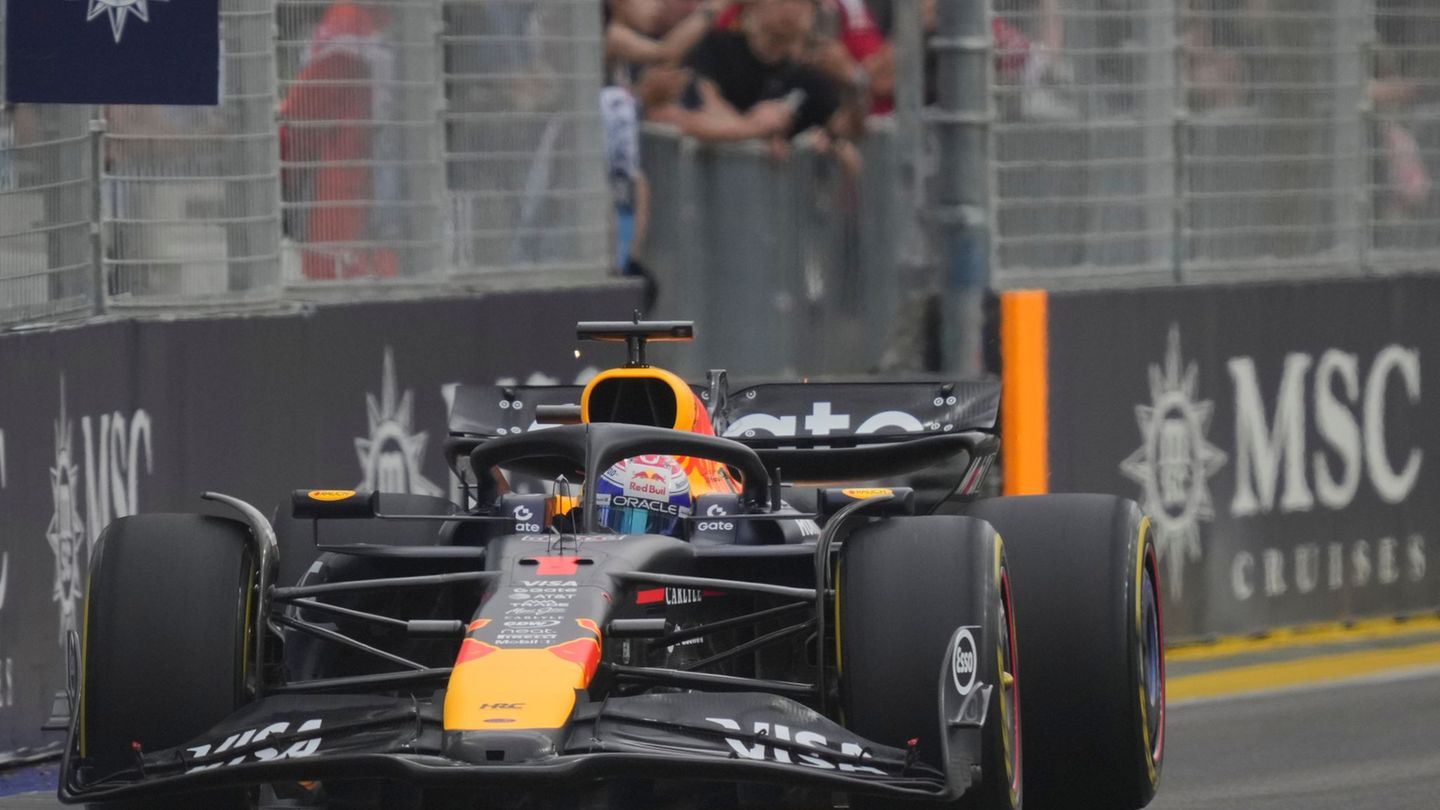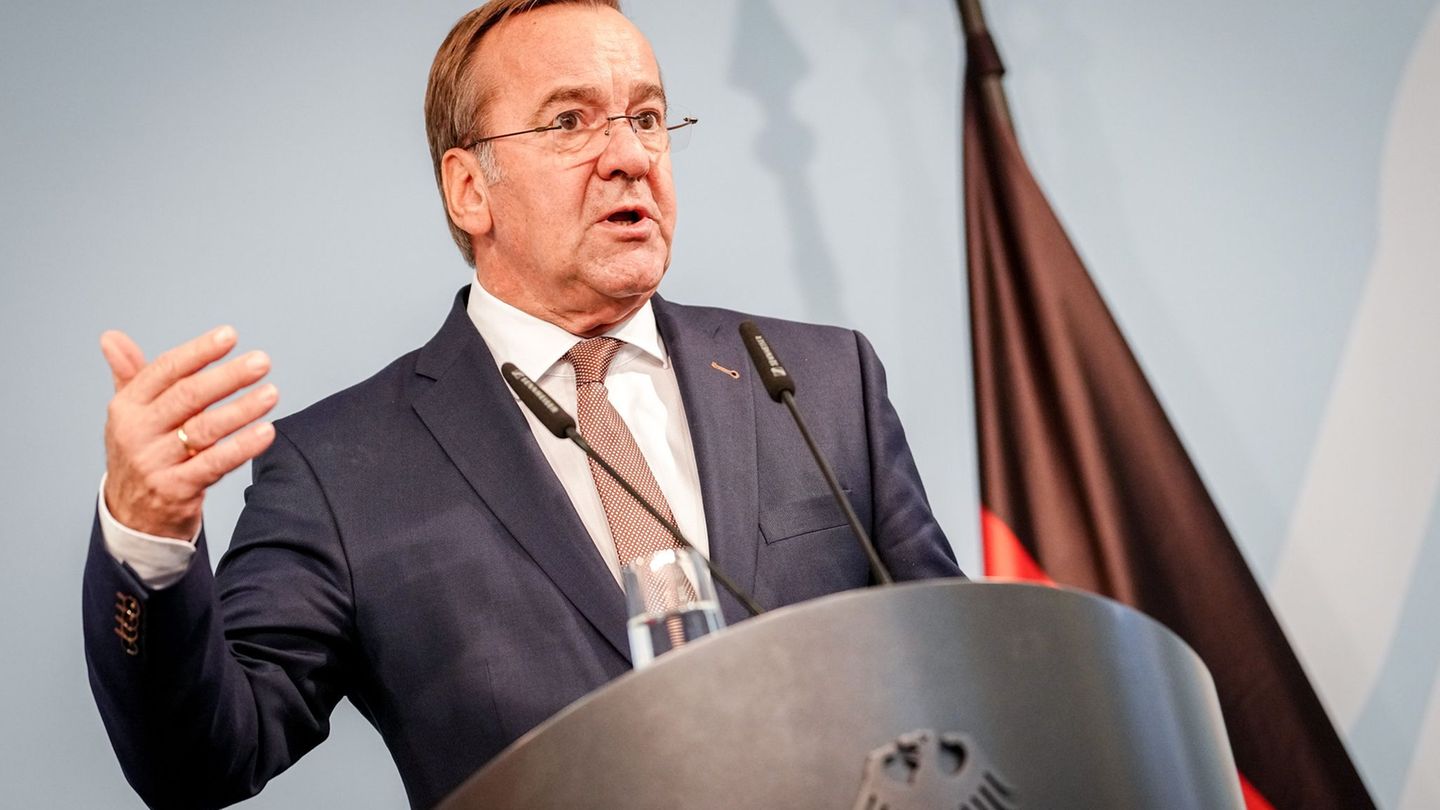This industrial process has arrived late to the country, but It is projected with important expectations from the work done in the last two decadesin regards to the stabilization of macroeconomics and the promotion of the country internationally, as well as the coordination of policies between the public and private sectors.
“In the Paraguayan economy there was no miracle, it is a process that was respected. It is something that cost a lot of sacrifice“says Enrique Duarte, who spoke with Scope about the advances and challenges facing the sector in Paraguay.
Of development stability: the pending jump
During the last two decades and After starting the 21st century with enough difficulties (Selective public debt default and a bank bankruptcy period that had an impact on high levels of poverty and economic expulsion from citizens), Paraguay has been consolidating an important one lately stability period Macroeconomic.
1- Enrique Duarte – President of the UIP.JPG
Enrique Duarte, president of the UIP.
Scope
Without great shocks, through policies such as their goals scheme inflationan independent central bank and – since 2013 – a fiscal rule that limits the deficit in the public budget to the 1.5% annual GDPthe country has seated bases for making attractive investments.
In 2003, manufactures barely represented the 10% of Paraguayan GDP. According to data published by the Central Bank of Paraguay (BCP)by 2025, that figure has doubled, reaching the 20%or even 27% if adds to the construction and production of electricity (which as a whole make up the secondary sector).
Currently, the manufacturing sector has a little less assets than 290,000 jobswhich represents the 10% of the formal occupation in Paraguayaccording to data from National Statistics Institute (INE). This number is reduced if compared, for example, with the 66% occupied by the trade and services sector.
“With our macroeconomic stability and investment grade, We should be seeing not only industrial development, but economical, higher”, Says Duarte. Factors such as lack of credit with conditions adjusted to industrial development and persistent economic informality make, for the moment, the Paraguayan industry cannot take off as it would be desired.
Nevertheless, The forward expectations are promising From the public-private work that has been carried out, which has already resulted in the concretion of investments for the development of emerging industrial itemssuch as ferrosilicio, forest, biofuels and the food industry. Thus, these are added to other industrial segments already consolidated in the country, such as the pharmacist, metallurgical and leather.
Food production, traditionally without greater added value in Paraguay, is booming today with investments that begin to transform even consumption habits For the growing middle class, which is increasingly looking for more refined meat cuts or healthy options at an accessible price. In turn, the export of manufactured food is at the beginning of what seems to be a promising future, as in the case of pig meat, which in a five -year period of not exporting, to sell more than 10,000 tons per year Outside, according to BCP data, while meat shipments are increasingly diversifying their destination markets.
Data from the BCP Foreign Bulletin point out that, at the end of 2024, exports of manufactures of industrial origin were recorded (among which cables, aluminum, pharmaceutical products, textiles and others) for a value of U $ S1,716 milliona 14% More than 2023. However, the bulk of exports remains in raw materials such as soybeans and corn (U $ 4,033 millionin the aforementioned period), in addition to some manufactured items of agricultural origin, such as flour or soy oil.
Emerging industries
One of the most promising sectors is forest, with projects such as Paracel cellulose plant In the north of the country (an expected investment of U $ 4,000 million) that it is expected not only add value to the reforested wood, but generate your own energy by biomasswith capacity even to inject surpluses to the national electricity grid.
But the forest industry is not limited to cellulose: “There is an entire industry linked to woodlike the MANUFACTURE OF FURNITURE OR STRUCTURES FOR CONSTRUCTION. The more added value, the more employment and development it is generated, ”explains Duarte.
“We are growing, but with everything we have, we can say that Foreign investment is still slightit is not yet important. While we have investments on the way as a paracel, we are waiting for the investment in industry itself in the forestry sectorthey are working on financing, ”said the executive.
Another emblematic case is Omega Greena plant of biofuels which aims to produce sustainable fuels for aviation (SAF) from oleaginous. “Paraguay and the region are called to be great bioenergy producers. But these investments are sensitive to the cost of money and postpania has generated delays,” he adds.
Along the forest and energy, Paraguay seeks to climb in industries with greater technological complexity. Ferroaleation, for example, uses local raw materials to produce supplies such as ferrosilicio, fundamental for semiconductors and solar panels. “We will not produce chipsbut we can integrate global technological chains, ”says Duarte.
The textile sector also stands out, which orpear under the maquila regimetaking tariff advantages to export to markets such as the US.; and the leather industry, which already manufactures finished parts for cars.
The Paraguayan industrial sector has evolved over the years, and according to data from the UIP itself, in just a decade, the proportion of products imported in gondolas of local supermarkets has been reduced from a 75% just one 25%. The quality of local products, as well as diversification, covers large consumption items, among which food and domisanitary stand out.
Paraguay Industria.jpg

Py
Financing
The loan portfolio for the industrial sector is expanding and, according to data published in the monthly bulletin of the Central Bankit closed 2024 at a level of U $ S1.9 billionapproximately, with an interannual growth of 25%. However, a study by the UIP points out that the credit remains a lock in the sector, especially for smaller segments (MSMEs).
“The Paraguayan financial structure is not yet adapted to the deadlines that the industry needs. You invest in machinery and you can take three years only to receive it, but the credits give two years of grace maximum,” he explains.
The UIP estimates that the financing not attended in Paraguay, either by interest rate or due to lack of guarantees, exceeds the US $1 billion. Therefore, from the industrial guild they propose a rotary guarantee fund of US $ 100 million that allows to unlock investments and improve access for micro and small businesses, managed by the Financial Development Agency (AFD), second -floor state bank that already has experience in this type of financial tools.
Investment Law, under review
The country is in the process of modernizing its Law 60/90which regulates incentives for investments. The reform seeks Give greater coherence to processes, encourage the purchase of national production goods and apply mechanisms such as hyperalization -You used in European countries- to encourage investment in long-term assets.
“An investment based in Paraguay becomes a national industry, No matter who the shareholder. The important thing is that it pays taxes, generates employment and leaves knowledge, ”says Duarte.
Being consulate about bureaucratic export difficult Deburocratization and streamlining of what is foreign trade. We are working, there are good signs, and the private sector has been collaborating in this process, ”he said.
With an adjustment of the obstacles described, such as the lack of adequate financing or informality, says Duarte, The Paraguayan industry is projected to have more accelerated growth Already increase not only its presence in local trade, but in the international through exports manufactured with much greater added value.
Source: Ambito




